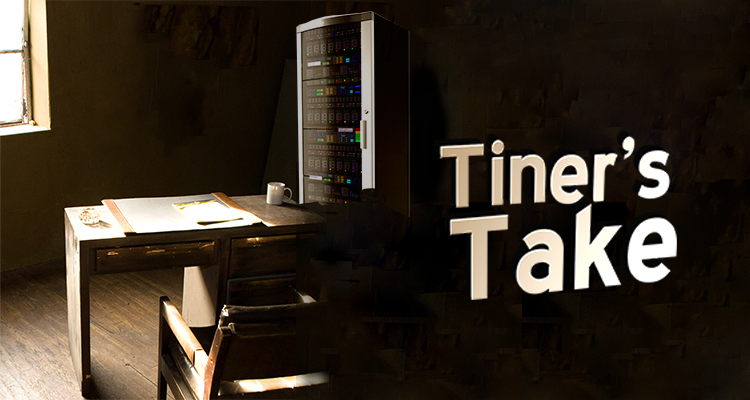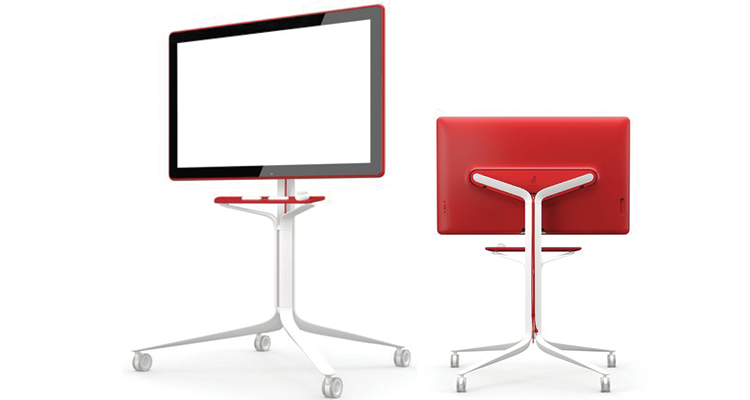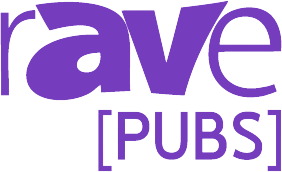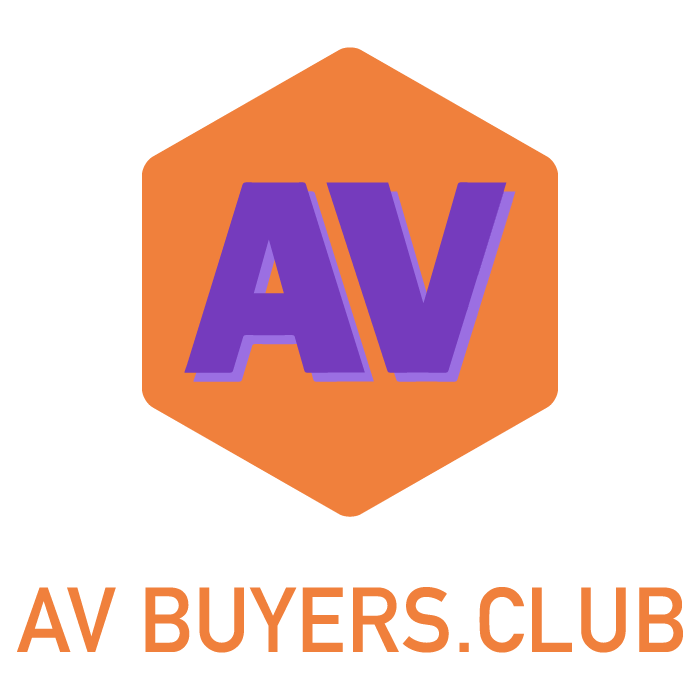Do Collaboration Boards Have a Place in Higher Education?
 When SMART put out its first SMART Boards years ago, I found the concept intriguing. However, being in higher ed, the software that went along with the products always seemed a bit too elementary for the people I work with. Additionally, I could not see many uses where a small white board would be sufficient in a classroom. When the company introduced the Sympodium a few years later, I became much more interested and for a while the Sympodium was a standard in our college. When we began to collect data on usage of the devices, we realized that they were not being effectively used. Despite all the promise that came with the tools, it was evident the software did not make the cut. It was too complicated, even for the bleeding edge techies who were willing to learn and give it a try. After this experience I have become skeptical of collaboration boards in general. We have a few installed in meetings spaces and we find that like classrooms, they don’t get used because of the complicated nature.
When SMART put out its first SMART Boards years ago, I found the concept intriguing. However, being in higher ed, the software that went along with the products always seemed a bit too elementary for the people I work with. Additionally, I could not see many uses where a small white board would be sufficient in a classroom. When the company introduced the Sympodium a few years later, I became much more interested and for a while the Sympodium was a standard in our college. When we began to collect data on usage of the devices, we realized that they were not being effectively used. Despite all the promise that came with the tools, it was evident the software did not make the cut. It was too complicated, even for the bleeding edge techies who were willing to learn and give it a try. After this experience I have become skeptical of collaboration boards in general. We have a few installed in meetings spaces and we find that like classrooms, they don’t get used because of the complicated nature.
Google began advertising its Jamboard in 2016 and began getting it in the hands of early adopters later that year. On May 23rd of this year Google made the products available on its website. I am a big fan of Google because it supports multi-platform technology and, in my experience, develops user-friendly products. Many colleges and universities have switched their enterprise mail, calendar and many file storage functions to Google because it is easy to use and support. So, I could not help but be intrigued. Did Google finally crack the mystery of making an interactive whiteboard that would be used by faculty and staff?
While I have not personally used one, I have done a fair amount of reading about the products. With the research I have done, I don’t believe that Google has cracked the mystery. A number of things still stand out to me that is wrong with the product. First, the cost. The board with a stand costs about $5,200. I believe that for most colleges, public schools, etc., that is too much money for such a product, especially considering the rest of the market comes in with much less expensive offerings. Before you buy one you should also know that the Jamboard has a yearly subscription cost of $600.
 Second, I still don’t feel like the Jamboard will be easy enough to use. For example, Google touts that the Jamboard has “built in video conferencing.” This is referring to its built-in camera, speakers and ability to connect with Google Hangouts. If you are not an institution familiar with Google Hangouts, that becomes an obstacle. My experience tells me that while many schools are using G Suite, many are using other platforms for video conferencing. My issue here is that someone needs to login to access their files, data, etc. Trying to do that on a screen in front of a crowd is difficult. You cannot get the muscle memory feel for your password, so you end up pecking at the letters and making mistakes. Our experiences have taught us that if you need to train people for more than five minutes on how to use an interactive board of any type, they won’t use it. Additionally, the inability to “practice” with the device under comfortable settings adds to people’s frustration with the product. If the only time you can learn how to use it is when you ARE using it, there’s a problem. Google’s ads and videos, wisely, are geared at the end user. They want to have that end user see the ad and call the IT department to order one. They don’t clearly explain the “little” things that those of us in the AV world know will need to be done to make the board work as expected.
Second, I still don’t feel like the Jamboard will be easy enough to use. For example, Google touts that the Jamboard has “built in video conferencing.” This is referring to its built-in camera, speakers and ability to connect with Google Hangouts. If you are not an institution familiar with Google Hangouts, that becomes an obstacle. My experience tells me that while many schools are using G Suite, many are using other platforms for video conferencing. My issue here is that someone needs to login to access their files, data, etc. Trying to do that on a screen in front of a crowd is difficult. You cannot get the muscle memory feel for your password, so you end up pecking at the letters and making mistakes. Our experiences have taught us that if you need to train people for more than five minutes on how to use an interactive board of any type, they won’t use it. Additionally, the inability to “practice” with the device under comfortable settings adds to people’s frustration with the product. If the only time you can learn how to use it is when you ARE using it, there’s a problem. Google’s ads and videos, wisely, are geared at the end user. They want to have that end user see the ad and call the IT department to order one. They don’t clearly explain the “little” things that those of us in the AV world know will need to be done to make the board work as expected.
Finally, I question the need for a collaboration board all together. I believe that the industry saw something that was used (a whiteboard or chalkboard) and questioned how they could replace it and make money. Unfortunately, they didn’t really consider what was happening and why and then build a product that could meet those needs. Often, whiteboards are used for either direct instruction or brainstorming. Personally, I have never been in a meeting where multiple people are standing at a whiteboard at the same time. Rather, there may be a single person writing down what others are saying. For that purpose, you don’t need a board in the front of the room. I believe that personal devices, especially those with annotation capability will be the future of the collaboration. Most major computer manufacturers have started developing touch enabled devices, especially as Microsoft puts out operating systems designed around touch. We have several faculty at my college who bring a Surface into the classroom, connect to the projector and open OneNote. When they are done, they save the file and send it on the the students. Now, that is easy, and the faculty can practice it in their own office. In my opinion, Google should have focused on software. By building a software product that allows for real time collaboration, the company could have a huge hit. Let people bring whatever product they have, iPad Pro, touch screen laptop even a phone and collaborate. As an integrator, you can build a lot of trust with your clients by solving their problems. I think, in many cases, selling them collaborative boards only causes problems and degrades the trust they have in you.
I find it strange that a company so forward looking as Google saw hardware as a solution for this. What about you? Am I completely off base? Do you have flourishing areas full of collaborative white boards that are being used every day? Or, like me, are you still waiting for the right solution?





